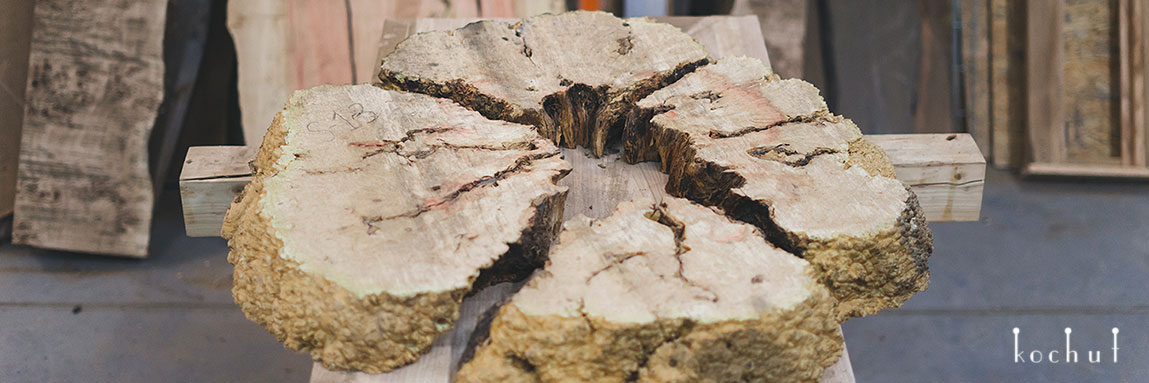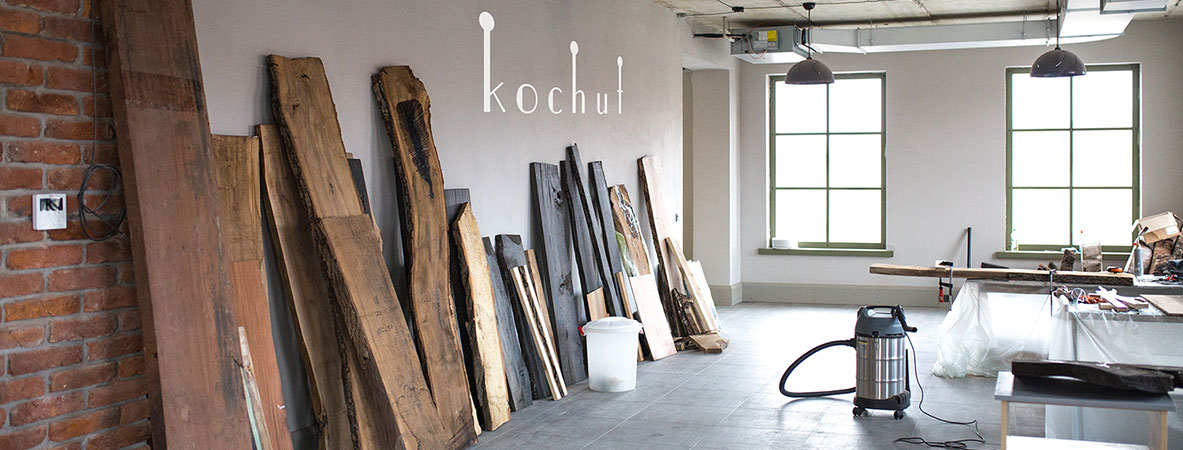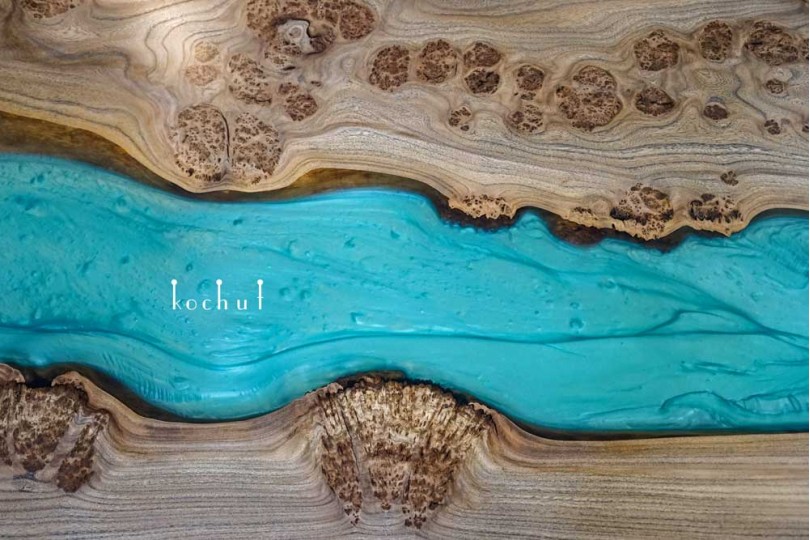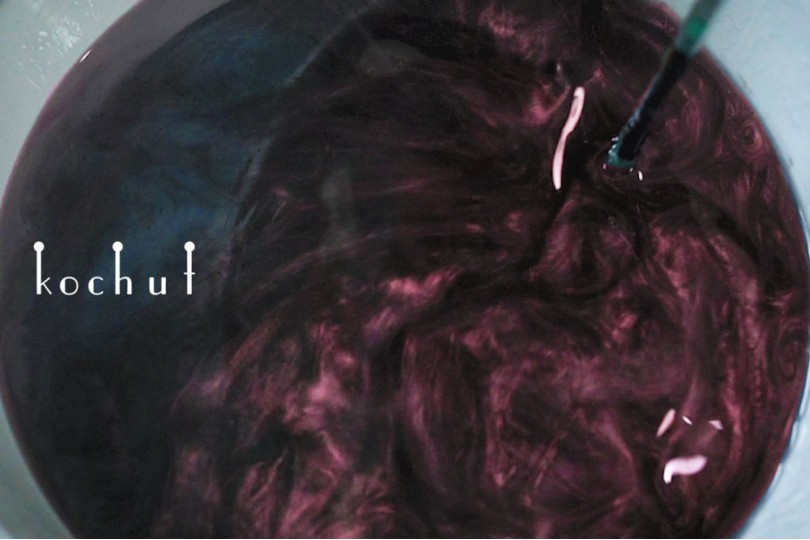How do we choose the wood for an epoxy potting table?
 30223
30223We often hear that we can do anything with our own hands. Many people think that making river-table is very simple. After all, at first glance, everything looks pretty easy. If we compare the production of a table with the construction of a house, then it is much easier to create a table.
However, there are large numbers of nuances. From the other side, everything might look like this: take woodcuts, fill them with epoxy, wait for a long time and that's it — the table is ready. But everything is much more complicated. For this reason, today's blog is devoted to the features of selection and preparation of solid wood for creating a river table.
Preparing wood for creating a river table

These features related to all solid wood products, but today we will focus on our specific wooden decorations.
Some people are so inspired by the look of a wooden table, that they decide to create it at home with their own hands.
- In the beginning, they start to find a dry tree.
- Then purchase in the store epoxy resin, dyes.
- Turne on the video on YouTube and start to create the table of their dream.
In the manufacturing process, there were difficulties, but they were overcomed. The table is ready and triumphantly stands in the house. However, after a few days, the tree expands or narrows, which leads to rapid destruction of the product. The question arises: "Why did this happen?" The first reason for failure is poor preparation of the material.
How we select a solid wood for the river table?

River-table requires a specific tree, which should be not only beautiful but also fully dried. True, at home it will never be possible to achieve this because it is impossible to keep the appropriate temperature and humidity in the house so that the massif can be dried to a joinery quality.
How should be dried solid wood?
- Extracting a cut tree in the trunk ranges from six months to two years.
- When the content of juices in the tree is minimized, then you can proceed to the cut. But this requires an understanding of the natural structure of the tree.
- After that, the tree is not transformed just into a chopped board, but into slabs, which must be sent into the atmospheric drying chamber. It's important not to hurry in drying the wood. The more it dries, the better it will be. This is done to ensure that all biological processes are completed inside. After all, the internal tension still occurs inside, which will lead to the appearance of cracks and the bending of wood.
- At the final stage, the wood is sent to the drying chamber. Because the wood must be dried to 8 % humidity. Some may think that to achieve the best effect, it is worth drying up to 4-5%. However, this is a misconception. Because later such wood will begin to swell.
Features of wood drying
Surely you already understood that wood for such tables must be dried in specific conditions. However, we would like to note that it should not take place in harsh (fast) conditions. Express drying does not protect against possible risks. This process should take place at a moderate pace. If we talk about the timing, then we can not say the exact figure, because it all depends on the type of wood and the parameters of the slabs.
“Making a wooden table with epoxy resin, requires tolerance and time”
Even all this nuances doesn't guarantee 100% that wood will behave like a stone. After all, the tree still remains alive and requires special processing. And this will be the topic of our next blog.
Leave a comment via Facebook:
Kochut and our partners use cookies on this website. Some of them are required for the site to function properly, but the following cookies are optional:
— cookies that analyse website usage;
— cookies used to personalize the site;
— cookies used for advertising and social media purposes;



 21955
21955

